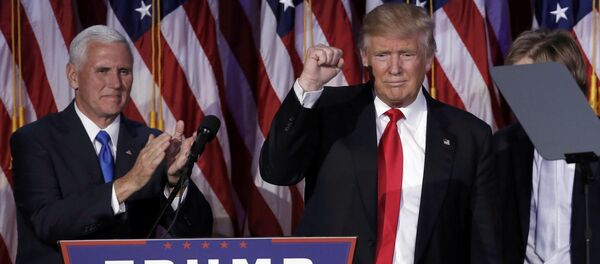The situation is significantly holding back the improvements in consumer sentiment, offsetting recent improvements in the labour market, and limiting the prospects of US economic growth.
With some 72 percent of the US GDP driven by consumer purchases, the mounting concerns over student loans, especially non-performing loans (NPLs), are becoming an increasingly prominent factor is assessing the prospects of any further economic acceleration. Particularly so, as the Federal Reserve is normalising the US monetary conditions with borrowing costs going up, the issuance of the debt and refinancing of existing loans is now more expensive, and the downside risks of the monetary policy are increasingly prominent in the projected dynamics of the broader GDP expansion.
According to the Federal Reserve Bank of New York, during the past 15 years, the burden of student loans in the US economy has increased from just 3.3 percent of overall household indebtedness in 2003 at $240.7 bln to the current $1.3 trln, or 10.6 percent of total household debt. About 44 mln Americans currently have a student loan to service, and about every sixth borrower has defaulted on their obligations.
“I wish there were a lot less student loan debt out there,” Mike Cagney of San Francisco-based FinTech company SoFi said. “When you go to a school and take a loan out, no one explains what you can afford, how much money you’re going to make when you graduate and how much you’re able to pay back.”
The reasons for the boom in student loans, particularly, in the past 8 years, are the ultra-low borrowing costs entailing the Great Recession, as the Fed had kept their base interest rate at near-zero between 2009 and 2015, making credit ultra-affordable. The accumulation of student debt had outpaced the gains in credit card debt and mortgages, with only auto loans – another problem segment of the US debt market – having expanded quite as robustly during the period.
Another problem is the evaporation of blue-collar jobs in America in the past 25 years. Some sort of college degree has therefore become almost a must-have in order to avoid doing menial jobs for the rest of an average worker’s life. This is also one of the reasons why many Americans found themselves in pursuit of higher education, taking on the risks of dealing with student debt.
Tuition costs, campus expenses and overall living expenses having risen during the past 15 years, also contributed to the accumulation of student debt.
Another reason is more affordable credit has allowed more Americans to go to college – the problem is, the labour market weakness, entailing the Great Recession, has prevented recent graduates from getting a job and paying back their student loan, hence the rising delinquencies and defaults, despite the numerous state and federal support programmes.
“When we were at Stanford, one of the things that was striking to us was that no one in the Graduate School of Business had defaulted on a loan in 35 years, but they were paying 6.5 percent to 7.5 percent in interest on those loans,” SoFi’s Cagney said.
These days, with most of the existing student debt issued in the ultra-loose monetary environment, with base borrowing costs near-zero in 2009-2015, and average commercial credit costs between 2.5-3.5 percent (currently at 4.5-5 percent), current borrowers are more prone to default.
The problem is that graduation rates have not increased as student debt surged. The enormous amounts of college dropouts, according to the data from US Department of Education, has prevented student loan borrowers from finding a way to service their debt. In other words, the ultra-loose monetary policies allowed for higher rates of college admissions, but successful graduation takes a bit more than good credit history, namely, it requires a certain degree of excellence in academic performance.
The total share of delinquent (with payments over 90 days overdue) student loans, the New York Fed said, is currently times three that in the overall household debt, which includes mortgage, credit card debt, auto loans and other credit products. Between 2009 and 2017, each year some 1.1 mln Americans defaulted on their student loan. Currently, some 3,000 people default on their student loans every day.
The average 2016 US graduate owes some $37,172 in student loans alone. Now, given the increased rates of overall household indebtedness, with monthly car loan payments and mortgage or rent, as well as credit cards, the optimistic developments in the labour market do not seem to help. A significant share of US consumers are therefore not contributing to the demand-side of the economy as much as they could have, even if they have a job. But then, wage stagnation is further hampering their purchasing power.






